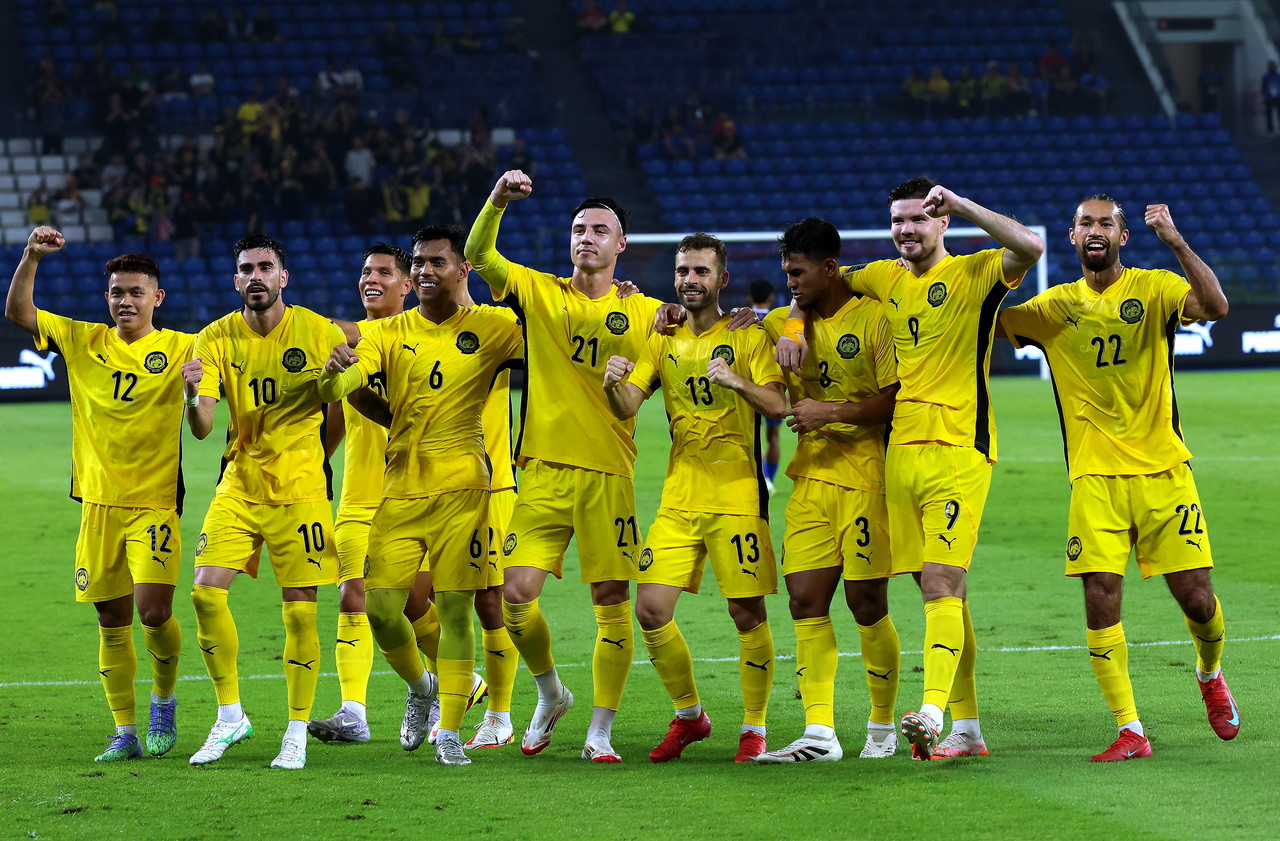KUALA LUMPUR — Peter Cklamovski came on board as Malaysia’s national football team coach in December last year with high expectations surrounding his appointment.
Despite limited time for training and squad bonding, Harimau Malaya faced the challenge of transitioning to a new system that demands tactical intelligence, stamina, and flexibility.
The shift to Cklamovski’s preferred 3-4-3 formation—favoured by renowned coaches like Antonio Conte and Mauricio Pochettino, raised questions about whether the players, accustomed to the 4-2-3-1 and 4-3-3 systems under Kim Pan-gon and Tan Cheng Hoe, could adapt.
However, early signs have been promising. In their opening Group F match of the 2027 AFC Asian Cup Qualifiers against Nepal, Malaysia secured a 2-0 win, showing no major issues adjusting to the new tactics.
1) Tactical flexibility and fluid attacks
One of the standout aspects of the 3-4-3 formation is how it enables inverted wingers to cut inside and link up with central forwards, creating dangerous overloads in attack.
This shift has given players such as Endrick dos Santos and Arif Aiman Hanapi greater freedom to operate centrally, allowing them to combine with the strikers and generate fluid attacking movements.
Their dribbling ability and quick decision-making have flourished in this system, adding an extra dimension to Malaysia’s offensive play.
In midfield, the combination of Hector Hevel and Nooa Laine, supported by wing-backs La’Vere Corbin-Ong and Dion Cools, has provided a solid balance.
The focus has been on quick transitions, with players building play from the back while maintaining fluidity between defensive and attacking phases.
2) Standout performances and versatility
Cools has been instrumental in the new system. Having played much of his career in Europe, where he frequently operated as a wing-back, his pace and physicality have been invaluable in both defence and attack.
His ability to cover large areas of the pitch allows the team to transition swiftly between defence and attack. While he has often featured as a centre-back for Malaysia, his versatility in the wing-back role has been a crucial asset.
At the back, the trio of Shahrul Saad, Harith Haiqal, and Matt Davies has provided stability. Their strong positional awareness ensured Malaysia remained solid even during Nepal’s high-pressing moments, offering crucial support to the wing-backs when required.

3) Potential weaknesses and solutions
Despite the positives, the 3-4-3 system comes with its challenges. Its attacking nature can leave the defensive line exposed, particularly against counter-attacking teams.
Goalkeeper Syihan Hazmi may find himself isolated during rapid transitions, with fewer defenders available to provide cover in one-on-one situations. Faster opponents who thrive on counter-attacks could exploit this weakness.
To mitigate these risks, Cklamovski could consider alternative formations, such as a 3-3-4 or 3-5-2, which would offer greater defensive stability. Training the squad to switch between these systems could make Harimau Malaya more adaptable and unpredictable against different styles of play.
4) Looking ahead
Overall, Cklamovski’s 3-4-3 system has injected a fresh attacking approach into Harimau Malaya, and the early signs have been encouraging. While the transition has not been without challenges, the players have responded well, particularly in terms of tactical flexibility.
The team’s ability to seamlessly shift between defence and attack has added an exciting new dimension to Malaysia’s style of play, with experienced players such as Cools excelling in the wing-back role.
As the squad continues to gel, Malaysia’s potential is steadily rising. If Cklamovski can refine the defensive structure while ensuring adaptability, Harimau Malaya could be on the verge of an exciting new era—one that promises thrilling performances in the upcoming AFC Asian Cup Qualifiers, as well as in international friendlies and competitions. — March 29, 2025
Sandru Narayanan is a sportswriter at Scoop


